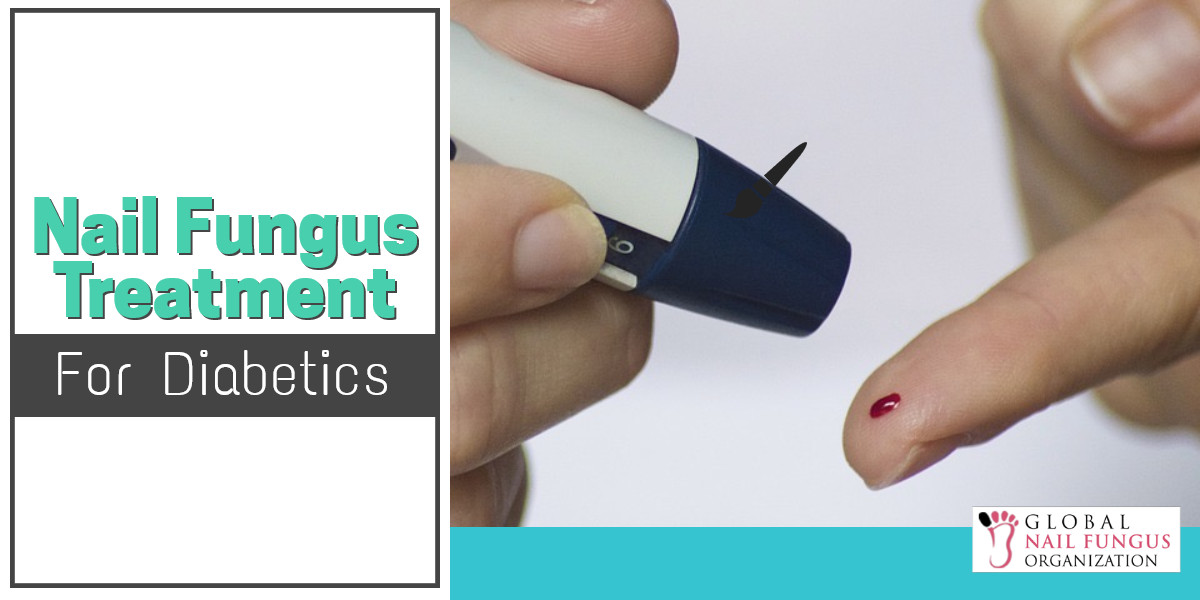 Nail Fungus Treatment For Diabetics
Nail Fungus Treatment For Diabetics
Table of Contents
Diabetes: An Overview
8.5% of adults aged 18 years old and above are currently suffering from a common lifestyle-related disease that is diabetes. A chronic lifelong disease, diabetes occurs when the pancreas is unable to produce any or enough of the glucose-regulating hormone, insulin. The result of unregulated sugar levels in the body results to an array of complications including impaired nerve function, kidney damage, and eye problems. Currently, the World Health Organization (WHO) has ranked diabetes to be the 7th leading cause of death.
Diabetes is known for its 2 types. Type 1 Diabetes (also called insulin-dependent, juvenile, or childhood-onset diabetes) is characterized by a complete deficiency in insulin and require daily administration of the hormone. This type usually manifests with children or young adults. Type 2 Diabetes, alternatively, results from the body’s ineffective use of insulin. Excessive intake of sugary foods, obesity, and physical inactivity are the leading contributors to this type of diabetes.
Nail Fungus in Diabetics
Diabetes, like any other chronic disease, comes with a myriad of complications. High blood sugar levels, when unmanaged, can lead to diabetic neuropathy and peripheral vascular disease. Diabetic neuropathy causes nerve damage, making a person lose the ability to sense pain or temperature. Peripheral vascular disease refers to compromised blood flow in the arms and legs, causing a weakened immune system. These two complications jointly contribute to problems in a diabetic patient’s extremities. A person with diabetes and experiencing both diabetic neuropathy and/or peripheral vascular disease may be unaware of sores or cuts in their feet, which in turn can lead to different kinds of infections.
At present, at least 50% of the nail abnormalities are considered to be a nail fungal infection. Onychomycosis, as it is medically-called, is a fungal infection that develops in the cracks of your nails or the skin around your nail. Fungus, which is predominantly found in any high moisture environment, thrives in wet and damp places, like in your socks and shoes. Overtime, these fungi start to infect the nail, causing it to look yellowish, dull-looking, and rough in the surface.
Diabetics Are At Risk For Nail Fungal Infections
In a study published in 2006, 22% of patients with diabetes develop toenail onychomycosis. As mentioned earlier, the complications in diabetes, like neuropathy and peripheral arterial disease, are the main reasons why diabetics have higher susceptibility for fungal infections in the nail. The high blood sugar levels in the body can also contribute in enhancing the growth of fungi in the nails and skin. With diabetics, nail fungal infections are taken more seriously because of the risk for more serious complications like foot ulcers and gangrene.
Recommended Nail Fungus Treatment for Diabetic Patients:
The solution to a problem-free nail for diabetics is early detection for any signs of a nail fungal infection. It’s important that onychomycosis is treated right away so as to avoid the dangerous complications that may arise after. Essentially, the treatment of nail fungus for diabetic patients is similar to non-diabetic patients, with the consideration that the fungal infection is in its early stages. At the moment, several treatments and procedures are available to the public. Here are your available options as a diabetic patient:
Topical Treatments
The most effective, safest, readily-available treatments are topical anti-fungal creams. These topical solutions are made up of powerful ingredients like undecylenic acid and tea tree oil. Undecylenic acid is a safe, effective, and FDA-approved anti-fungal agent that busts fungal infection by penetrating deeply into the tissues. Modern research has backed up the claim that tea tree oil has antiseptic, anti-inflammatory, and anti-fungal properties — all which definitely rids the fungus problems away. An example of a topical product containing both these essential properties is EmoniNail. Ranked as the number 1 product by the Global Nail Fungus Organization, EmoniNail is FDA-approved, safe, and effective in treating nail fungal infections with its formula penetrating deep into the tissues and ultimately promoting nail health and preventing reinfections. For diabetics, a topical treatment may be advisable since these products are not designed to enter the bloodstream and the risk for side effects are lower than oral medications.
Oral Medications
Taking oral medications for nail fungal infection, particularly for diabetics, may not be the safest treatment since the drug’s side effects may later on cause serious complications. Oral medications for onychomycosis can be harsh to your skin or liver and may have contradictions with other drugs. For diabetics dealing with moderate to severe nail fungus, it’s best to consult your physician for any precautions you should take if you wish to pursue oral medications.
Surgery and Laser Treatments:
Removing the nail sounds like the best solution to treating a recurring and severe nail infection. However, diabetics should be warned about the possible complications of this procedure. Surgical nail avulsion is rarely used to treat onychomycosis in diabetic patients because of the increased risk for secondary infections, gangrene, and poor wound healing. Laser treatment, on the other hand, is the newest technology in medical treatment of nail fungus. It’s a very expensive aesthetic procedure wherein laser is used to destroy and kill fungus. Although it is a promising treatment, not enough research has been conducted to prove its efficiency.
Conclusion: Diabetes and Nail Fungus
Diabetes is a chronic illness that, when left unmanaged, can lead to several complications. Diabetic neuropathy (wherein there is a loss of nerve function) and peripheral arterial disease (which results to a weakened immune system) contribute to problems in the extremities, particularly in the feet and nails. With that said, a nail abnormality like nail fungal infections may be more dangerous for people with diabetes. The medications and technology to treat nail fungus nowadays are growing more advanced. For diabetics, the most recommended and safest treatment is the use of topical anti-fungal medicines. Oral medications should be taken with caution because they might cause side effects that can be complicated more by diabetes. The treatments that are last to consider are surgery and laser treatments. Because of the risk for foot ulcers, gangrene, and increased infections with diabetics, it is much better to stick with non-invasive therapies. Knowing what kind of treatment suits you best can only be assessed by a foot and diabetic specialist. Proper nail care and hygiene should always be practiced by diabetics for the prevention and early treatment of fungal nail infections.










